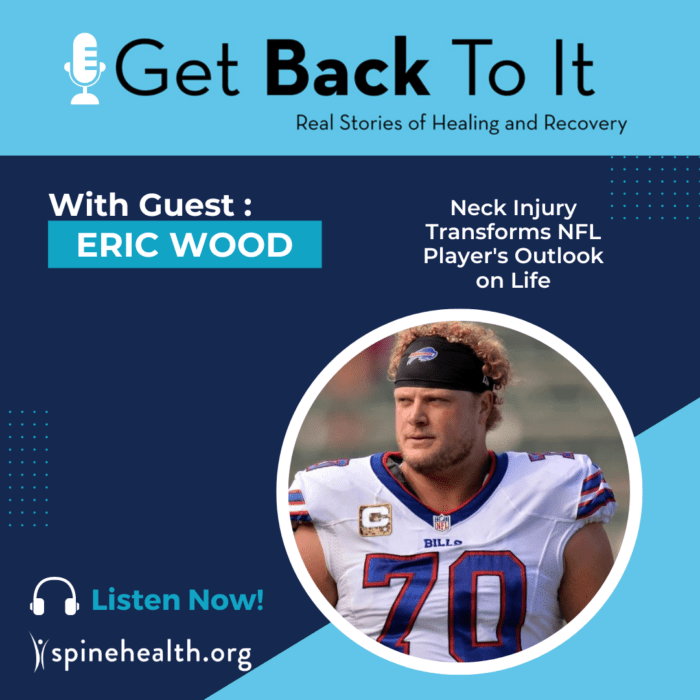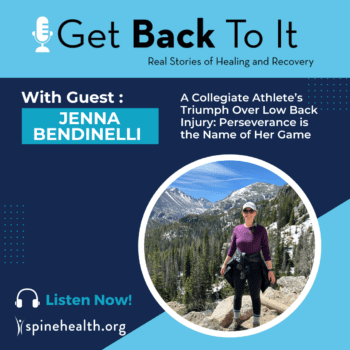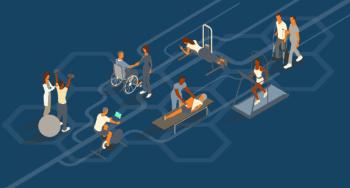Summary:
Eric Wood, a former Buffalo Bills NFL player, and Dr. Rita Roy delve into the lesser-seen struggles and rehabilitation efforts in professional sports. Their discussion highlights the pivotal roles played by athletic trainers and medical staff in facilitating athletes’ returns from injuries. Wood’s own NFL journey was marked by resilience in the wake of multiple injuries, a Pro Bowl nod, and ultimately a career-ending neck injury. The injury, coinciding with his son’s birth, became a catalyst for new beginnings, including advocacy and speaking opportunities. Wood took a proactive approach to managing his spinal health and embracing life’s changes. This podcast casts a light on the hidden struggles, support systems, and adaptability required from professional athletes, offering inspiration and a deeper understanding of their off-field battles.



